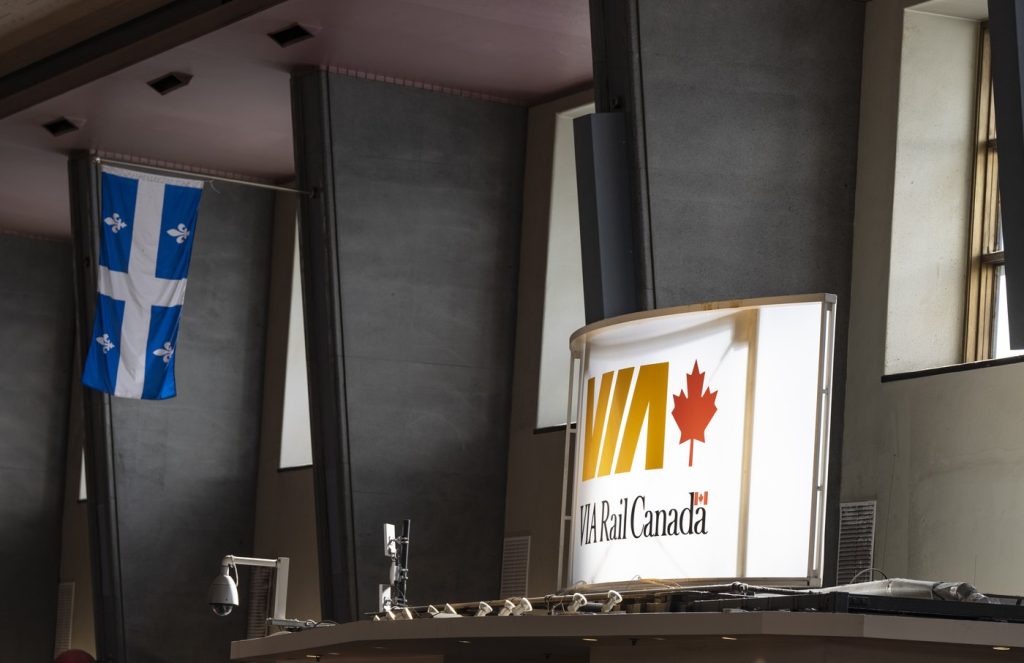Mike Nolan: Renfrew County Chief of Paramedic Service and emergency services recipient of Premier’s Award
Posted Dec 4, 2021 03:00:00 PM.
Since Mike Nolan first signed on as Chief of the Emergency Services and Chief of the County of Renfrew Paramedic Service, there has been one word that best describes him: innovative.
That unique trait has been recognized nationally for his outstanding contributions to the health sciences field.
Nolan was recently presented with The Premier’s Award during a virtual ceremony, to recognize the outstanding contributions made by Ontario college graduates who are working to make important social and economic contributions in the province and abroad.
“It has been an interesting and rapidly changing role of paramedics, in terms of how we respond to an incident, and just importantly, how we are mapping out how we are going to respond to calls in the future,” Chief Nolan said.
Humble Beginnings
When he left the City of Ottawa in 2004 to become the first chief of the newly formed paramedic unit in Renfrew, he approached the role of commander as something other paramedics were not used to; instead of remaining in the main county building in Pembroke, the new chief was rarely at his desk.
“The one thing I always stress is knowing when to stop talking and listen,” Nolan said. “I spent a lot of time in the seven land ambulance bases getting to know the men and women under my command. But most importantly, I listened.”
He listened to veteran paramedic Brad “Smitty” Smith.
The now retired paramedic kept a small ring booklet in his shirt pocket and he would visit the elderly or isolated or chronically ill and perform some routine examinations such as blood pressure, pulse and others to get an idea of the general state of health and why a person should or should not be in a hospital.
“Talking and listening to Smitty, he helped form our Community Paramedic Program,” Nolan said. “There were other paramedics like Smitty all over the county and from there the Community Paramedicine Program went from theory to reality. The paramedics knew more than some family members and they knew when they were really ill. Many were calling 911 in order to be transported to a hospital.”
The new program was having immediate effects and the number of unnecessary ER visits were declining.
One of the biggest challenges for any department head working for a municipal government is knowing when to increase your budget, or not. Nolan approached the issue separately.
“We partnered with Ottawa hospitals and Heart & Stroke Canada to develop easy exercise regimens that had Renfrew and Lanark counties jostling for bragging rights as the fittest group compared to their neighbour,” he said. “That led directly to our county wide defibrillator program and much of the costs were covered by our partners.”
Geographical Challenges
From the time Nolan assumed command to present day, the issue of response time and patient safety has always been on his mind.
More than one-half of the county is Crown Land. It means no development can take place in the area and the municipalities bordering Algonquin Park are required to maintain the roads, bridges, culverts, and anything else related to regular maintenance.
Getting into that thick, and at times mountainous, terrain in order to rescue someone trapped in area that cannot be reached by a regular ambulance is a challenge.
“We needed ATVs equipped with the best lightweight rescue equipment to effectively do our jobs and that led to the creation of our RATT Squad. (The Remote Access Treatment Team ) is made up of Paramedics who are trained for emergencies in remote areas of the community that are difficult to access. Their special equipment allows our paramedics to access all residents in our community,” Nolan said.
Nolan also incorporated the Remote Piloted Aircraft System which can assist a patient before the Paramedic crew can arrive. They perform search & rescue, deliver emergency medical supplies, and increase situational awareness. For example, they could deliver a life-jacket, epi-pen, or defibrillator to someone in need.
Nolan is keenly aware of the mutual respect shown by current and past members towards each other.
For that reason he rolled out the Pioneer Program as a way to bring current and retired paramedics together to show respect for years of dedication and commitment. It was a priority for the County of Renfrew Paramedic Service to encourage retirees in the community to volunteer at current public relation events like fairs, parades, medal ceremonies and wellness clinics.
Innovation In the Field
His most ambitious innovation to date may very well be training paramedics to assist a patient to die in their homes. The program grew out of the COVID pandemic and the chance there may be thousands of patients with not room in the hospitals and work with other team members to help keep seniors in their home with dignity and respect.
Years earlier when they rolled out the Community Paramedicine, both the province and other jurisdictions were applying the “Nolan Model” for their respective departments. Teams of officials from Nova Scotia travelled to the Valley to bring that model back for their use.
Today, the same result with the Palliative Program with Australian researchers study the Renfrew County model and perhaps implement it.
When he received his award last month, he heard recaps of his career and he will be the first to tell people that. The night he was honoured in a fitting tribute by County of Renfrew Warden Debbie Robinson.
“Whether it’s through virtual consultations with a physician at RC VTAC or through home visits by community paramedics, Chief Nolan’s dedication to innovation in the paramedicine field is a huge contributor to establishing programs that enable our residents and our most vulnerable population’s access to health care in Renfrew County.”
When asked if he has let it all soak in and enjoy the moment, he nodded his head, In this case, it was Chief Nolan who listened.








